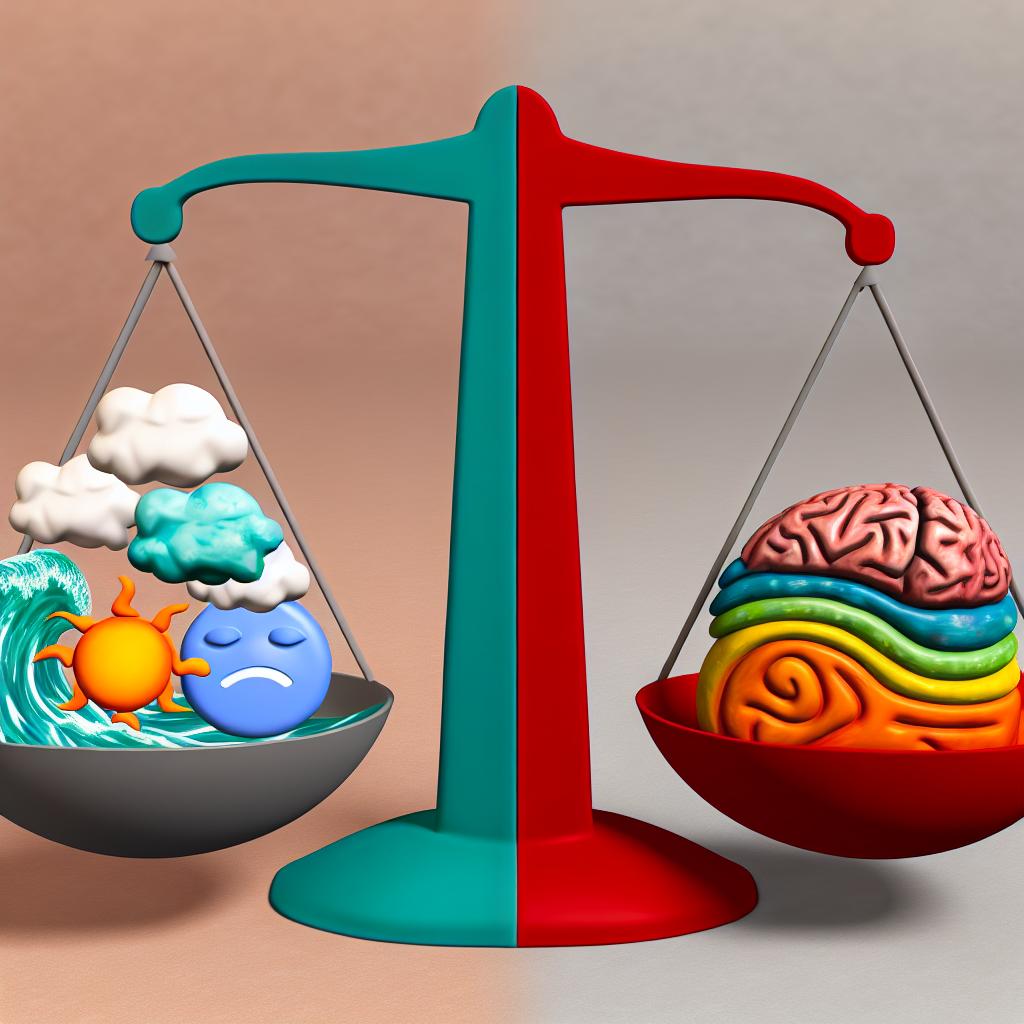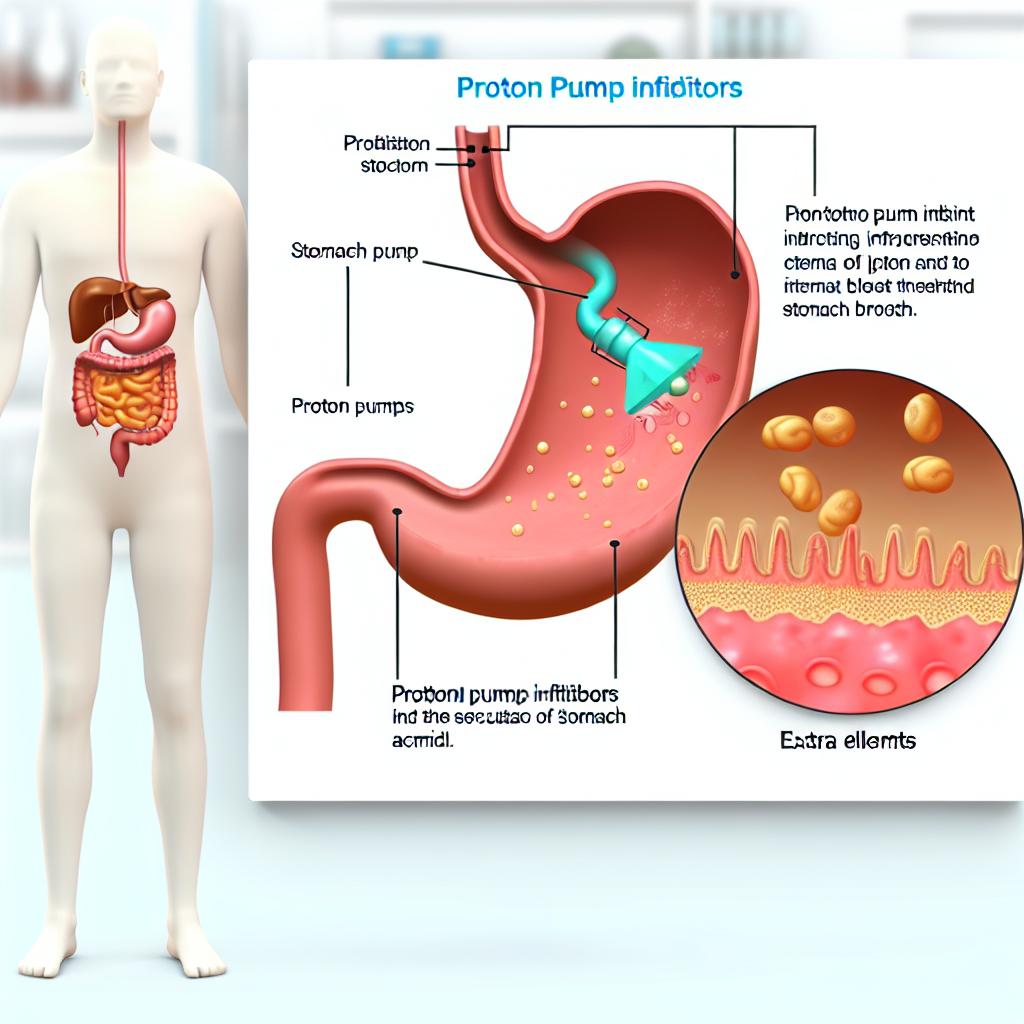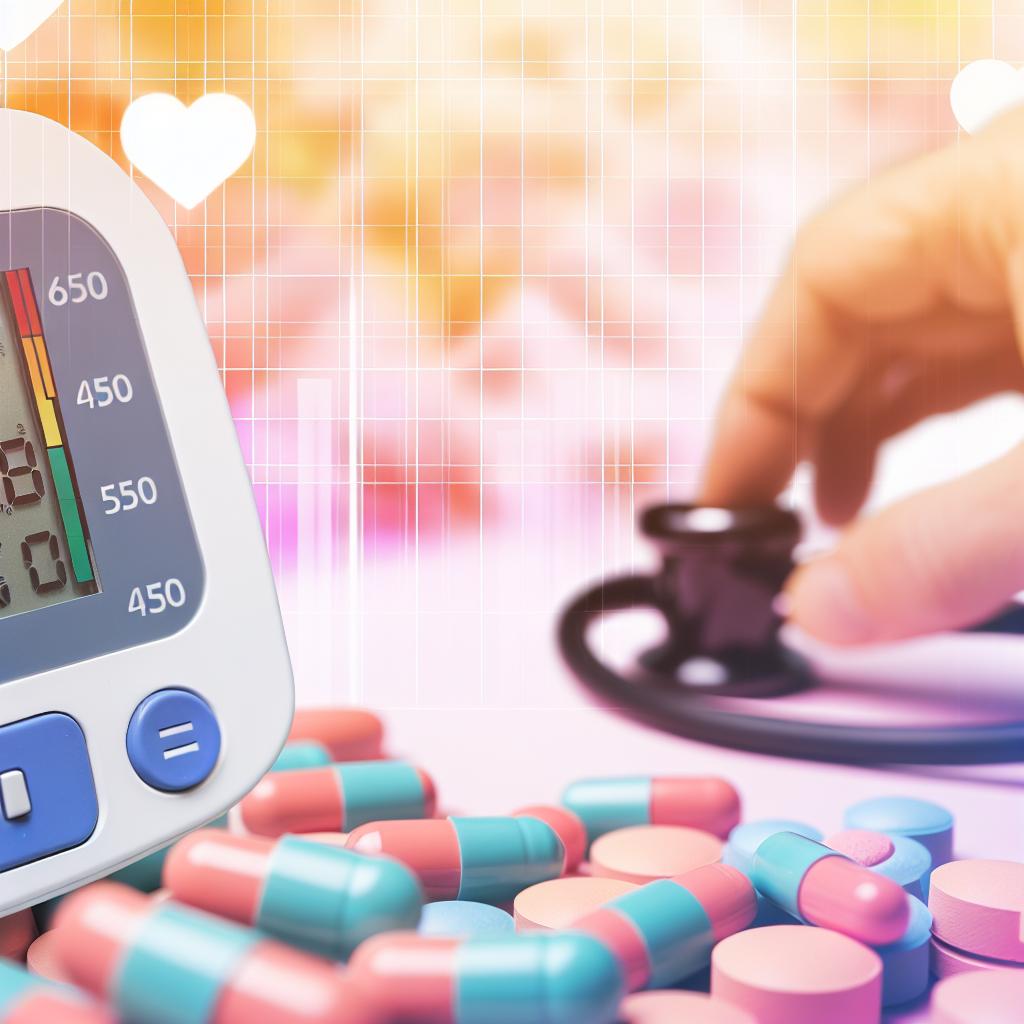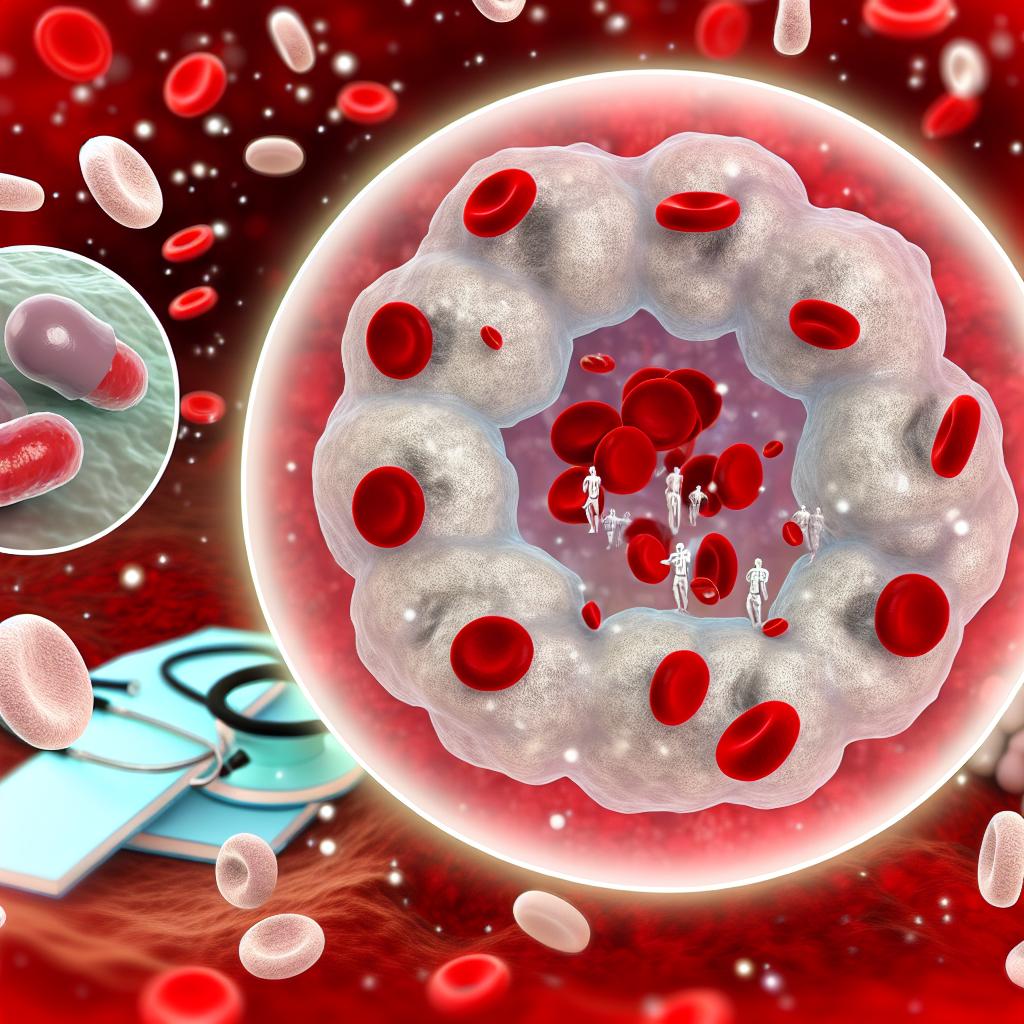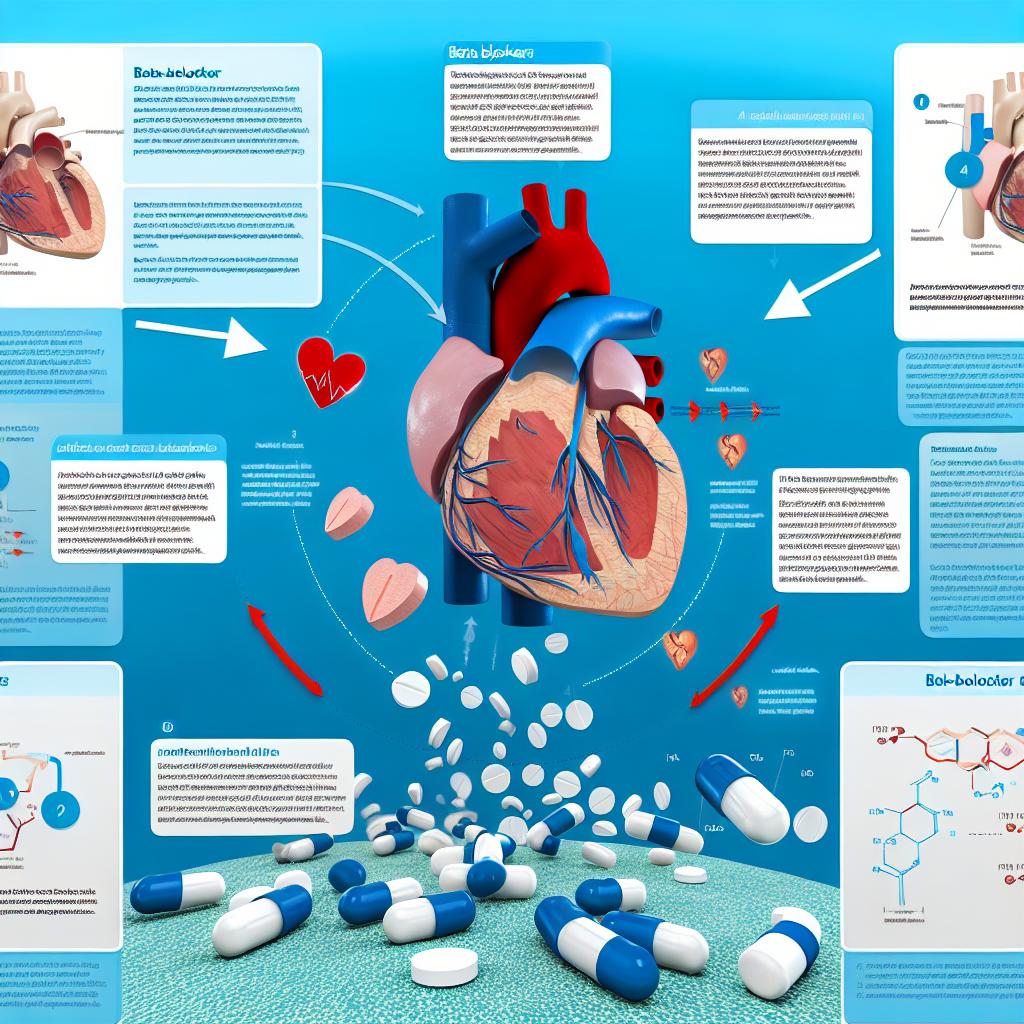
The importance of antacids in treating heartburn.
The Role of Antacids in Managing Heartburn
Heartburn is a common condition characterized by a burning sensation in the chest, often experienced after eating. This condition is triggered when stomach acid flows back into the esophagus, irritating its lining. For many individuals, antacids serve as a primary line of defense against this discomfort. Understanding how antacids work and their importance can assist in managing heartburn effectively.
Understanding Heartburn
Heartburn is a symptom of acid reflux, a condition where stomach acid escapes into the esophagus. It is a prevalent issue among adults and can vary from mild inconvenience to severely disruptive occurrences. The esophagus, unlike the stomach, lacks a protective lining that can withstand powerful stomach acids, making it susceptible to irritation.
The Role of the Lower Esophageal Sphincter
The lower esophageal sphincter (LES) is a muscular ring located at the junction between the esophagus and stomach. It acts as a barrier, preventing stomach contents from moving back into the esophagus. However, if the LES becomes weakened or relaxes inappropriately, gastric acid may seep upward, causing heartburn.
How Do Antacids Work?
Antacids are over-the-counter medications engineered to neutralize stomach acid. By elevating the pH level in the stomach, they effectively reduce acidity and relieve the symptoms of heartburn. The active ingredients in antacids, including aluminum hydroxide, magnesium hydroxide, calcium carbonate, and sodium bicarbonate, contribute to this neutralization process.
The Chemistry Behind Neutralization
When antacids neutralize stomach acid, a chemical reaction occurs between the bases in the antacids and the hydrochloric acid in the stomach. This process raises the pH of the stomach contents, diminishing acidity and alleviating irritation in the esophagus.
Benefits of Antacids
Antacids provide quick relief from heartburn, making them a preferred option for those experiencing occasional symptoms. Typically, they can be effective within minutes of ingestion, offering a swift solution to discomfort. For more comprehensive information about antacids, their types, and usage, you can examine resources offered by your healthcare provider or a trusted health information site such as Mayo Clinic.
Convenience and Accessibility
The over-the-counter availability of antacids makes them a convenient choice for individuals seeking immediate relief from heartburn without the need for a prescription. They are available in various forms, including chewable tablets, liquids, and effervescent tablets, enhancing their appeal among consumers.
Limitations and Considerations
While antacids are valuable for instant relief, they may not be suitable for everyone or effective in treating chronic cases of heartburn or gastroesophageal reflux disease (GERD). Over-reliance on antacids can lead to side effects such as diarrhea or constipation, contingent on the active ingredient. Additionally, they can interact with other medications, which is a critical consideration for individuals on prescription drugs.
Chronic Heartburn and GERD
For those suffering from persistent heartburn or GERD, antacids may not offer adequate relief. These conditions may necessitate more comprehensive management strategies, including dietary changes, lifestyle modifications, and in some cases, prescription medications.
Potential Side Effects
Though generally considered safe, antacids can produce side effects, primarily when used excessively. Aluminum-based antacids might lead to constipation, whereas magnesium-based ones can cause diarrhea. Monitoring the use of antacids and noting any adverse reactions is crucial.
Consulting Healthcare Professionals
If heartburn occurs frequently or is severe, consulting a healthcare professional is recommended. They can suggest more appropriate treatments or lifestyle changes to tackle the underlying causes. Some individuals may require prescription proton pump inhibitors or H2 receptor blockers for long-term management.
The Importance of Professional Guidance
Engaging with a healthcare provider ensures that individuals receive personalized advice tailored to their specific condition. Professionals can perform necessary assessments, determine potential underlying issues, and recommend suitable treatment paths to prevent complications.
Lifestyle and Dietary Adjustments
In addition to medical advice, healthcare professionals might propose modifications to diet and lifestyle to alleviate symptoms. This might include avoiding trigger foods such as spicy or fatty dishes, reducing alcohol consumption, and losing weight if necessary.
Exploring Alternative Treatments
Beyond antacids, other treatment options for managing heartburn include proton pump inhibitors (PPIs) and H2 receptor blockers. PPIs reduce acid production in the stomach, while H2 blockers decrease the amount of acid the stomach releases. These may be recommended for more persistent or severe cases, offering longer-term relief than antacids.
Summary
In sum, antacids play an essential role in relieving heartburn effectively and rapidly for numerous individuals. Nevertheless, grasping their limitations and utilizing them judiciously is crucial for sustaining overall digestive health. Investigating additional treatment options and seeking professional guidance when necessary ensures comprehensive management of heartburn and associated conditions.

